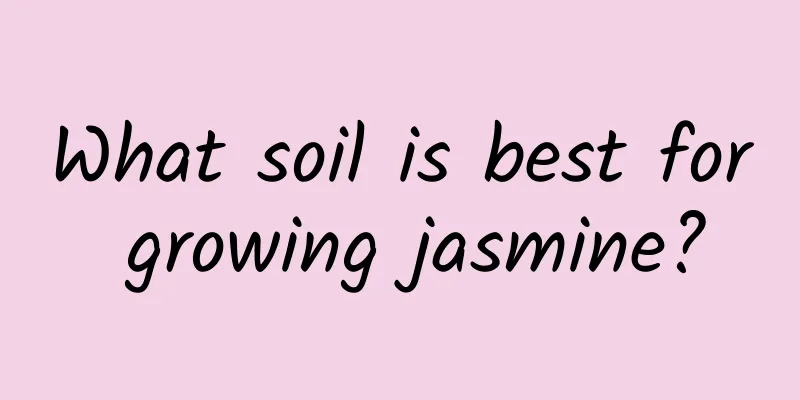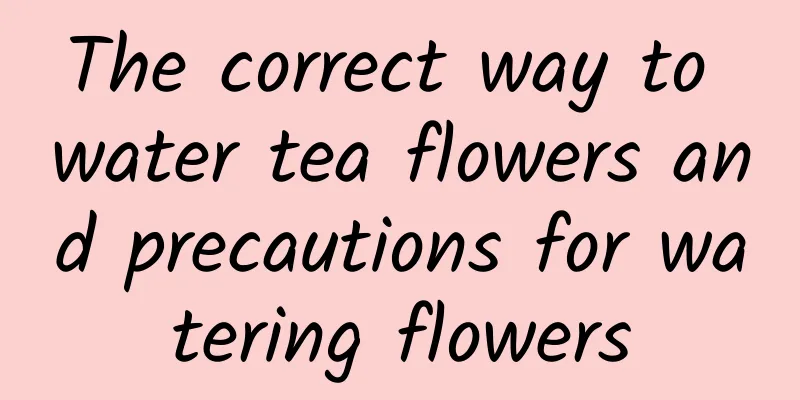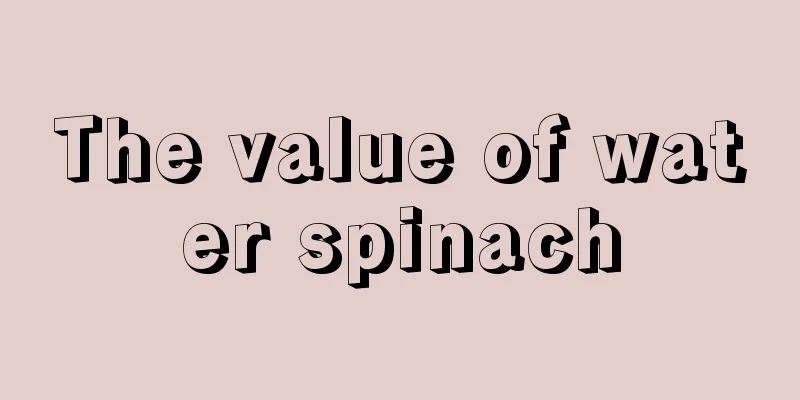What are the requirements for bonsai pots?

Choice of basinBasin materialBonsai are mainly divided into ceramic pots, porcelain pots, natural stone pots, glazed pots, unglazed pots, copper pots, wooden pots, plastic pots, etc. From the perspective of ornamental and practical value, purple clay pots are the best choice. They are elegant and simple, highly breathable, and suitable for planting old trees. Zisha pots are divided into red purple sand, red clay, purple clay, white clay, yellow clay, green clay, and old clay varieties. Porcelain pots are shiny but have poor air permeability, so they can be used as pots for flower and fruit trees. Stone material is suitable for making jungle-style, water-land-style, and miniature landscape bonsai. Plastic flower pots are brightly colored and cheap, but they are not suitable for bonsai viewing and can only be used periodically. The shape of the basinFlower pots are generally divided into rectangular pots, square pots, round pots, oval pots, octagonal pots, hexagonal pots, shallow pots, flat pots, shield pots, crabapple pots, natural stone pots, natural bamboo and wood pots, etc. When planting plants of different shapes, just choose the appropriate one. Square flower pots are usually used. PrecautionsColor coordinationThe colors of the pot and the scenery should both contrast and coordinate with each other. Generally speaking, you should choose a simple and elegant pot, which can serve as a foil and prevent the flower pot from overshadowing the flower. Landscape bonsai will use white flowerpots, just don't use the same color as the rocks. For tree bonsai, choose a deeper one based on the main trunk. Use glazed pottery pots for flowers and fruits, and purple clay pots for pine and cypress bonsai. The style should matchThe shape of the pot should be coordinated with the overall shape. For tree bonsai with tortuous posture, the outline of the pot should be mainly curved, such as round or oval. For tree bonsai with taller posture, the lines of the pot should be straight, such as diamond or square. Landscape bonsai is generally rectangular in shape, and can be a bit narrow and long. For rock bonsai, choose a wide pot. For lofty mountain scenery, choose a narrow and shallow pot. The depth should be appropriateIf the pot for a bonsai tree is too deep, the tree will appear too short in the pot. However, if the pot for a tree with a thick trunk is too shallow, the tree will grow poorly and be difficult to plant. The size should be appropriateThe size of the pot should be adapted to the landscape. Neither too big nor too small is good. If the pot is too big, there will be too much water, making the bonsai appear too wide and causing the plant to grow too tall. If the pot is too small, the bonsai will look top-heavy and lack a sense of stability. |
>>: How to make water and drought bonsai (with pictures)
Recommend
Time and method of cuttings of juniper
Time for cuttings of juniper Juniper is suitable ...
When will the peony seedlings bloom? How to raise peony seedlings?
1. How long does it take to bloom? After peony is...
Six kinds of flowers that you should never grow at home
1. Hydrangea Although it is highly ornamental, pl...
When does zinnia bloom?
1. Flowering time This flower is a type of chrysa...
How to propagate ivy by cuttings
1. Cutting time The timing of ivy cuttings mainly...
How to grow lettuce
1. Germination First, soak the seeds in clean wat...
How to propagate rubber trees, this way of propagation makes them easier to survive!
Cutting method This method is usually simple and ...
How to fertilize Cycas revoluta
Fertilization method of cycad From March to Septe...
How often should I water the fiddle-leaf fig?
How often should I water the fiddle-leaf fig? Whe...
When is pineapple ripe?
January, April Its ripening time is divided into ...
When is the best time to harvest rice?
When rice is just harvested, the humidity is very...
Can green radish remove formaldehyde?
1. Function 1. Decoration: The green ivy is green...
When is the best month to prune bougainvillea? Time and method for pruning potted bougainvillea
Bougainvillea pruning time Bougainvillea needs to...
Is papaya a fruit or a vegetable?
Is papaya a fruit or a vegetable? Papaya is a kin...
The efficacy and function of Feilian
1. Stop bleeding Feilian has the effect of stoppi...









